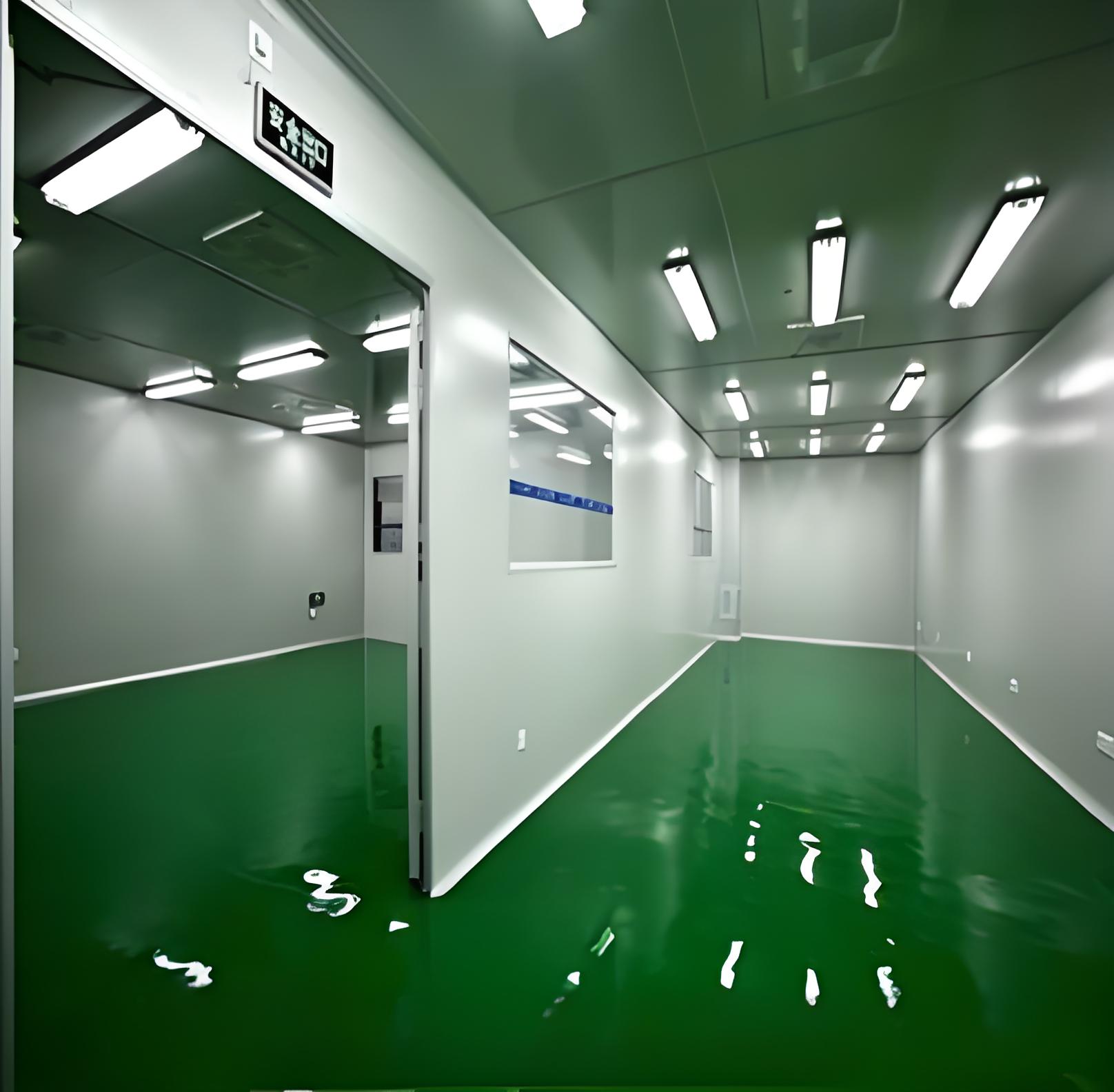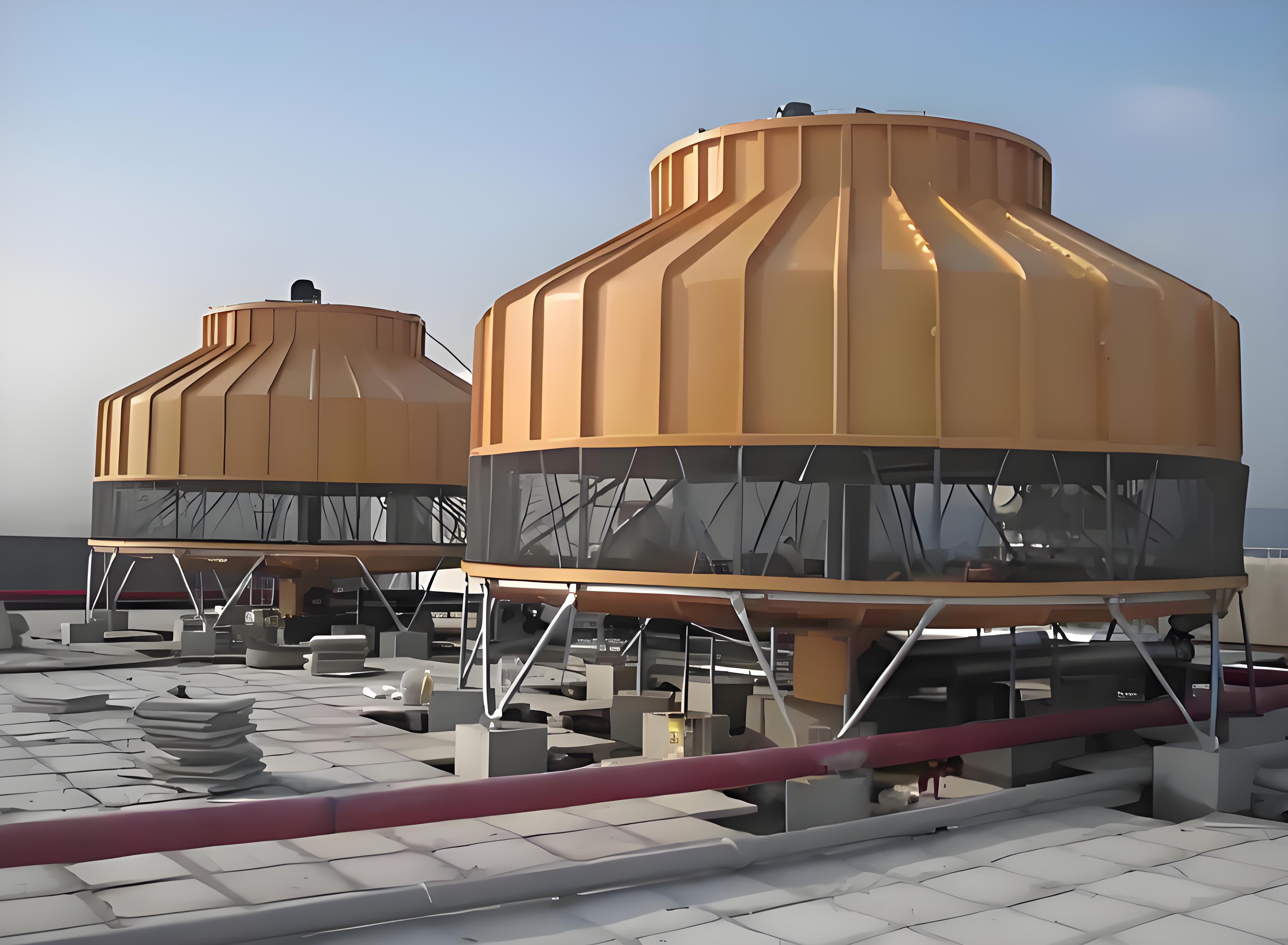
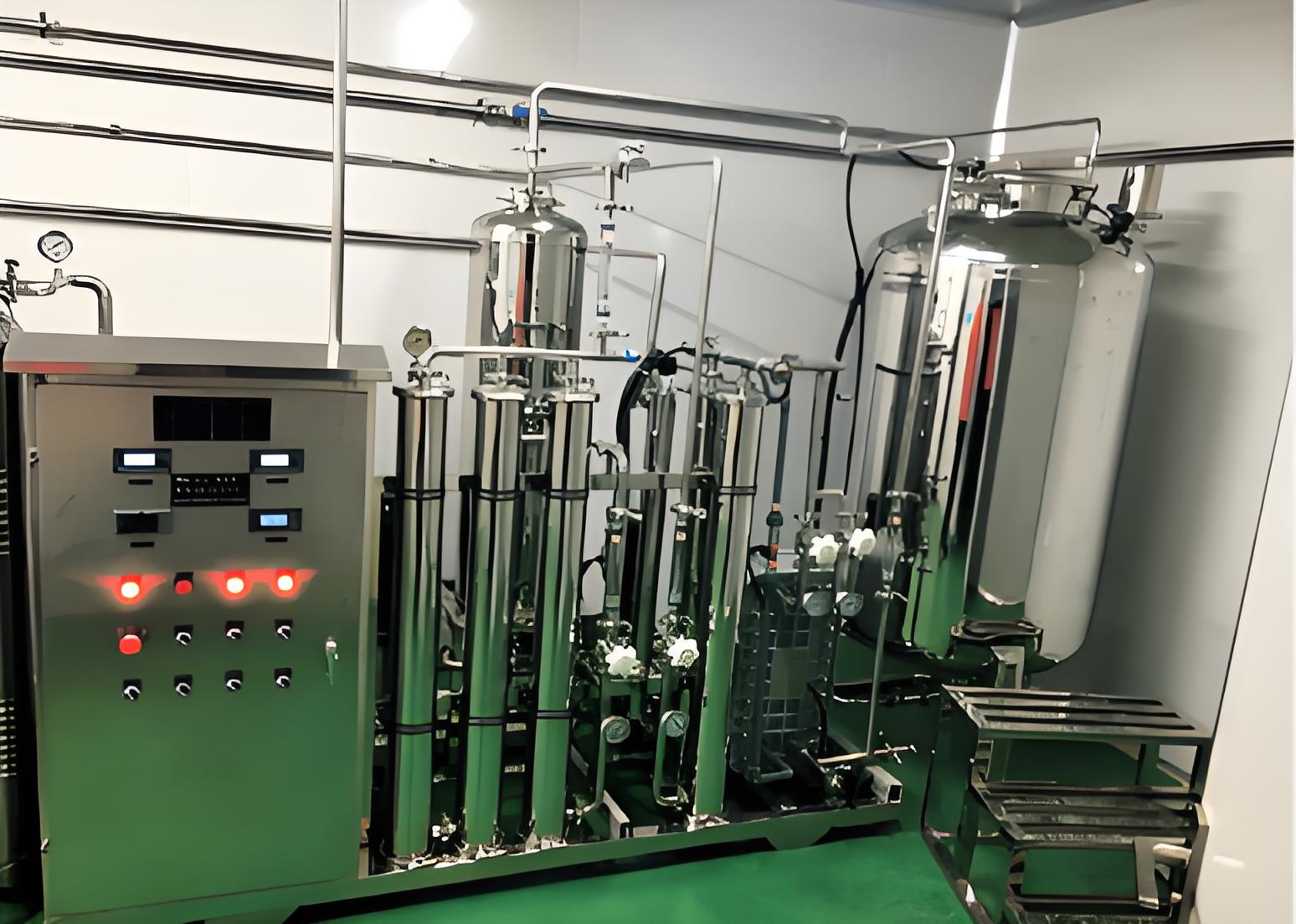
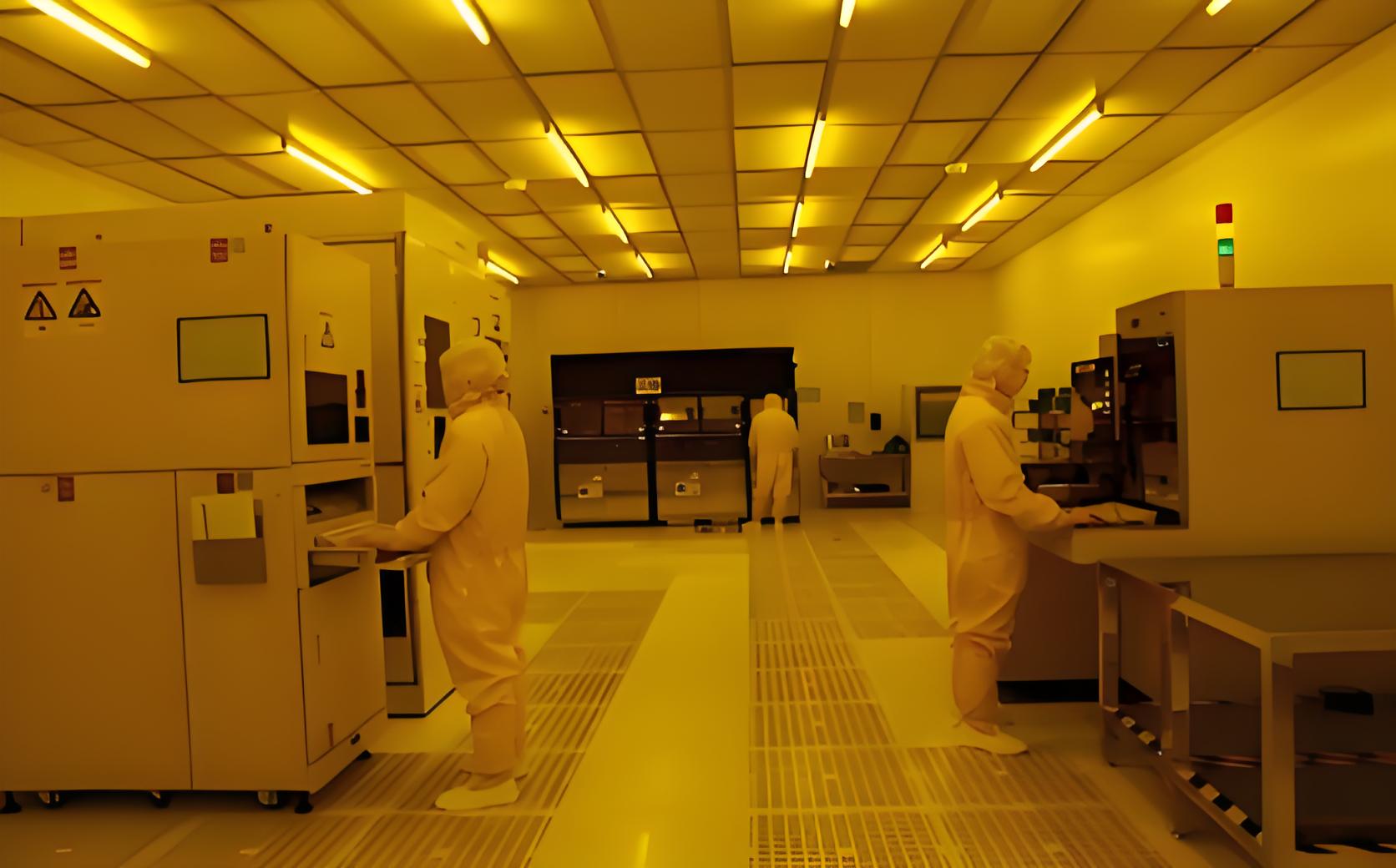

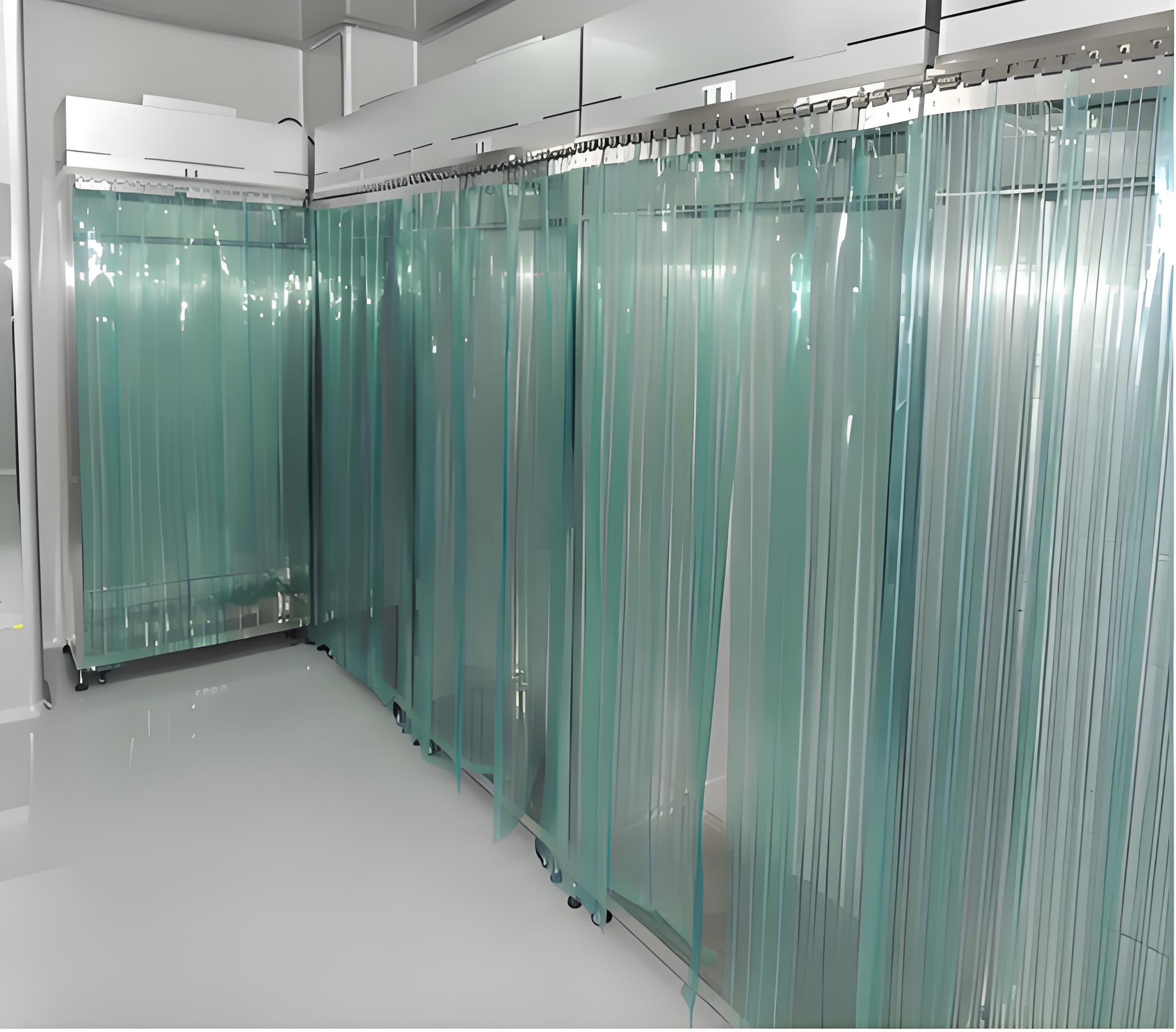
In today's rapidly advancing industries, from pharmaceuticals to semiconductors, the role of a high-quality laboratory cannot be overstated. A well-designed laboratory is the backbone of research, development, and quality control in cleanroom environments, where precision and contamination control are paramount. As businesses strive for innovation, the demand for custom laboratory solutions has surged, emphasizing the need for tailored designs that meet specific operational requirements. Whether you're upgrading an existing facility or building from scratch, understanding key aspects of laboratory planning can save time, reduce costs, and enhance efficiency. In this article, we'll explore five critical factors to consider when selecting a laboratory for cleanroom applications, with insights from industry leader TAI JIE ER, a trusted name in international clean engineering.
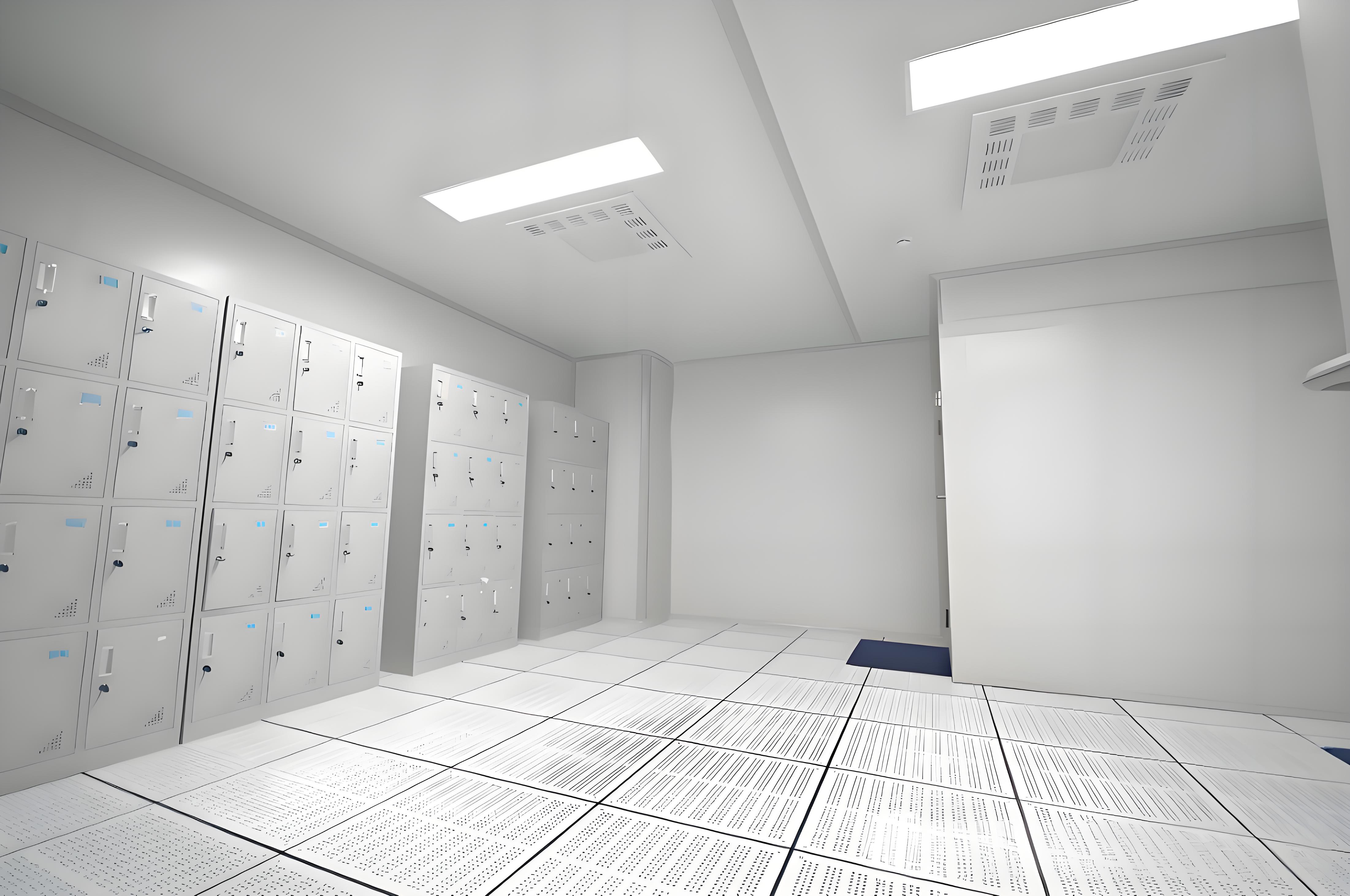
A laboratory in a cleanroom setting is more than just a space for experiments; it's a controlled environment where air quality, temperature, and humidity are meticulously regulated to prevent contamination. In sectors like biotechnology, healthcare, and electronics, even minor impurities can compromise results, leading to significant financial losses or safety hazards. Modern laboratory designs integrate advanced HVAC systems, HEPA filters, and modular layouts to maintain ISO-class standards. For instance, a custom laboratory might include specialized zones for different processes, such as sterile compounding or microelectronics assembly. By partnering with experts like TAI JIE ER, companies can ensure their laboratory aligns with international clean engineering protocols, fostering innovation while adhering to strict regulatory guidelines.
Why choose a custom laboratory over a standard one? The answer lies in flexibility and optimization. Off-the-shelf laboratory setups often fail to address unique workflow needs, whereas a custom laboratory is designed around your specific processes. This approach maximizes space utilization, improves ergonomics, and enhances safety. For example, in a cleanroom laboratory, custom features might include integrated pass-through chambers, anti-static workstations, or dedicated utility ports for gas and water lines. TAI JIE ER specializes in creating bespoke laboratory environments that adapt to evolving industry demands, such as incorporating IoT sensors for real-time monitoring. Studies show that tailored laboratory designs can boost productivity by up to 30%, making them a smart investment for long-term growth.
Choosing a reliable laboratory supplier is crucial for project success. Start by evaluating their experience in cleanroom engineering and their portfolio of completed laboratory projects. Look for certifications like ISO 14644, which ensures compliance with international cleanroom standards. A good supplier, such as TAI JIE ER, will offer end-to-end services, from initial consultation and design to installation and maintenance. When discussing your custom laboratory, inquire about material choices—for instance, stainless steel for durability or epoxy resins for chemical resistance. Additionally, assess their ability to incorporate sustainable practices, such as energy-efficient lighting or waste reduction systems. By conducting site visits and reading client testimonials, you can gauge their reliability and avoid common pitfalls in laboratory construction.
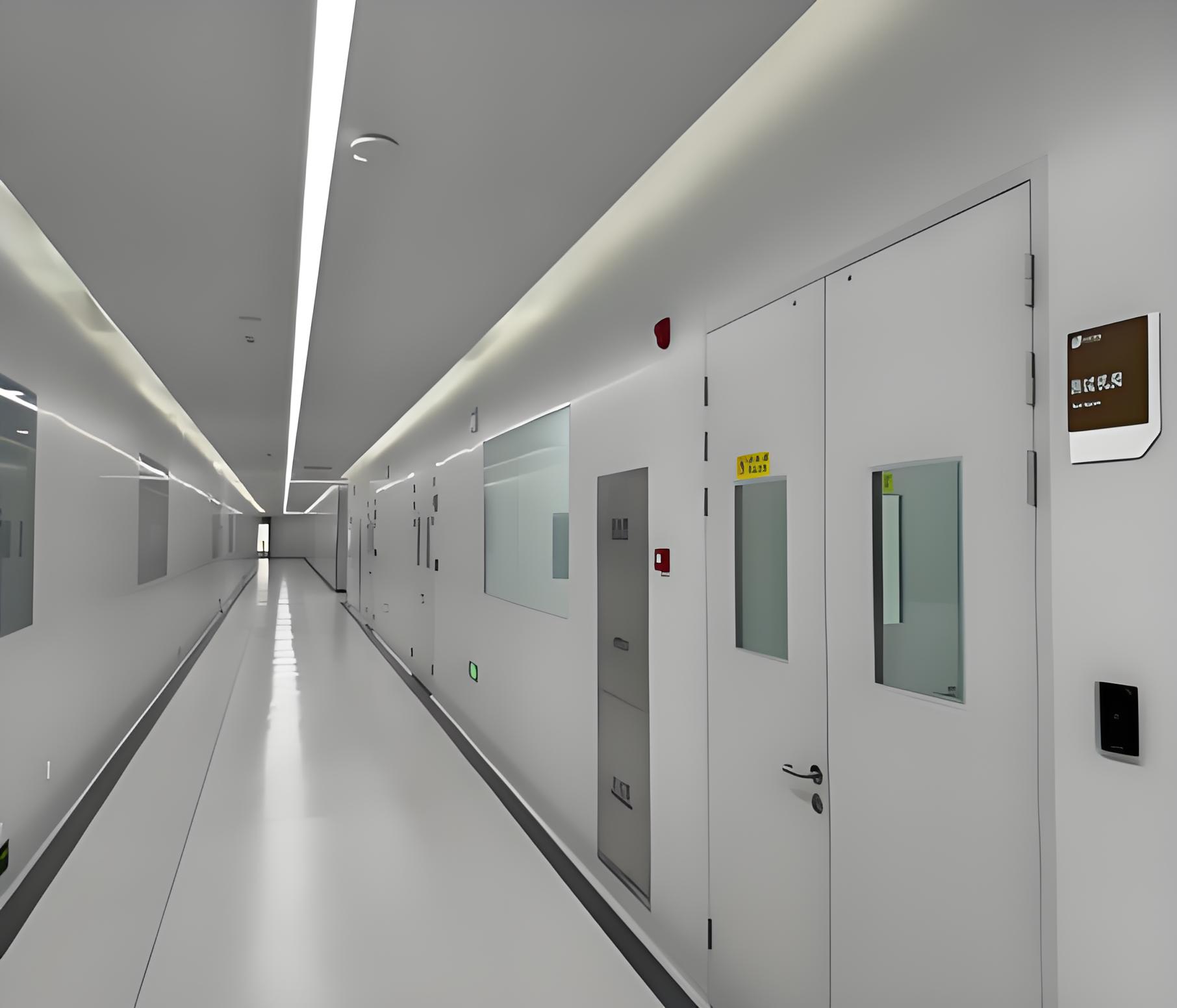
Budgeting for a laboratory project involves more than just upfront costs; it requires a holistic view of long-term expenses. The price of a custom laboratory can vary widely based on size, complexity, and technology integration. On average, a basic cleanroom laboratory might start at $500 per square meter, while high-end setups with advanced automation can exceed $2,000 per square meter. Factors influencing cost include air handling systems, material specifications, and compliance with safety regulations. TAI JIE ER emphasizes transparent pricing models, helping clients optimize their investment through value engineering—for example, by using modular components that allow for future expansions. Remember, a well-planned laboratory not only controls initial expenditures but also reduces operational costs through efficient energy use and minimal maintenance.
The evolution of laboratory technology is revolutionizing cleanroom operations. Innovations like AI-driven environmental controls, robotic automation, and smart sensors are becoming standard in custom laboratory designs. These technologies enable precise monitoring of parameters like particle count and pressure differentials, ensuring consistent cleanroom performance. For instance, TAI JIE ER integrates Building Information Modeling (BIM) to create digital twins of laboratory spaces, allowing for virtual simulations before construction. This reduces errors and accelerates project timelines. Moreover, the rise of green laboratory concepts focuses on sustainability, using renewable materials and energy recovery systems. By staying abreast of these trends, businesses can future-proof their laboratory investments and maintain a competitive edge.
TAI JIE ER has built a reputation for excellence in the clean engineering sector, particularly in designing and constructing state-of-the-art laboratory facilities. In a recent project for a pharmaceutical client, they developed a custom laboratory that seamlessly integrated with existing cleanroom infrastructure. The design featured modular clean benches, automated data logging, and compliant waste disposal systems, all tailored to the client's GMP requirements. Through collaborative planning, TAI JIE ER reduced the project timeline by 20% while ensuring adherence to budget constraints. This case highlights how a strategic partnership with an experienced supplier can transform laboratory concepts into reality, driving innovation and operational efficiency.
As industries embrace digital transformation, the future of laboratory design is set to become more interconnected and intelligent. Expect to see increased adoption of IoT devices for predictive maintenance, as well as augmented reality tools for staff training in laboratory settings. TAI JIE ER is at the forefront of these developments, exploring ways to enhance custom laboratory flexibility through reconfigurable layouts. Sustainability will also play a bigger role, with a focus on circular economy principles in laboratory construction. By anticipating these shifts, companies can ensure their laboratory infrastructures remain adaptable and resilient in the face of changing market demands.
Q1: What is the typical lifespan of a custom laboratory in a cleanroom environment?
A1: The lifespan of a custom laboratory largely depends on the quality of materials, maintenance practices, and technological updates. Generally, a well-constructed laboratory can last 15–20 years, with regular inspections and upgrades. For instance, TAI JIE ER designs laboratory spaces using durable components like corrosion-resistant metals, which extend longevity while minimizing downtime in cleanroom operations.
Q2: How does a custom laboratory differ from a standard laboratory setup?
A2: A custom laboratory is tailored to specific operational needs, such as unique workflow layouts or specialized equipment integration, whereas a standard laboratory often follows a one-size-fits-all approach. This customization, offered by providers like TAI JIE ER, enhances efficiency, safety, and compliance in cleanroom settings, making it ideal for industries with strict regulatory requirements.
Q3: What are the key regulatory standards for laboratories in cleanroom engineering?
A3: Common standards include ISO 14644 for cleanroom classification, GMP (Good Manufacturing Practice) for pharmaceuticals, and OSHA guidelines for safety. A reputable laboratory supplier, such as TAI JIE ER, ensures that designs meet these standards through rigorous testing and documentation, helping clients avoid compliance issues.
Q4: Can existing laboratories be upgraded to meet modern cleanroom requirements?
A4: Yes, many existing laboratory facilities can be retrofitted with upgrades like improved filtration systems or modular clean zones. TAI JIE ER specializes in such renovations, assessing the current laboratory infrastructure and implementing cost-effective modifications to enhance performance and extend usability.
Q5: What factors influence the cost of a custom laboratory project?
A5: Key factors include the laboratory size, complexity of cleanroom classifications, material selections, and technology integrations. For example, a custom laboratory with advanced automation or high-level containment will have higher costs. TAI JIE ER provides detailed quotes that break down these elements, enabling clients to make informed budgeting decisions.
In conclusion, investing in a well-planned laboratory is essential for success in cleanroom-dependent industries. By focusing on customization, technology, and reliable partnerships—such as with TAI JIE ER—businesses can create laboratory environments that drive innovation and sustainability. If you're planning a laboratory project, consider these insights to navigate the process effectively and achieve optimal results.
